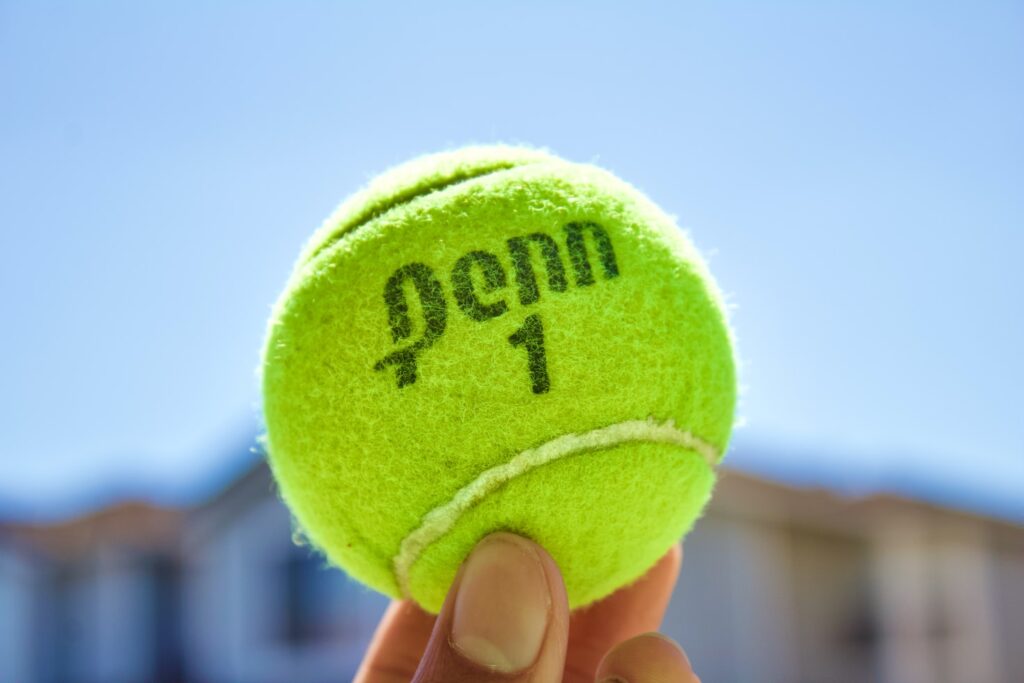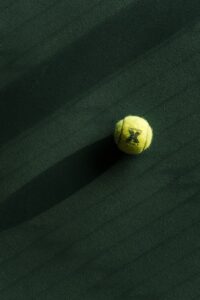When to replace your padel balls: The signs you need to watch out for
3 min read
When to Replace Your Padel Balls: The Signs You Need to Watch Out For
As a padel enthusiast, you know how important it is to have high-quality equipment that allows you to enjoy the game to the fullest. While we often pay attention to the condition of our racquets, the state of our padel balls should not be overlooked. But how do you know when it’s time to bid farewell to your old faithful balls and welcome a fresh batch? Today, we’ll shed light on the signs you need to watch out for when it comes to replacing your padel balls.
Why Do Padel Balls Lose Bounce?
Before we dive into the signs, let’s quickly address the question on many players’ minds: why do padel balls lose bounce in the first place? After all, we want to ensure we are replacing them for valid reasons!
Padel balls tend to lose bounce over time due to wear and tear. The constant impact against the walls, the ground, and your racquet causes the rubber core of the ball to gradually deteriorate. As a result, the ball becomes less responsive and bouncy, hindering the dynamic and thrilling nature of the game.
Signs It’s Time to Say Goodbye
1. The “Thud” Sound – If you notice that your padel ball is making a dull, thudding sound instead of the crisp, lively sound it used to produce, it’s a clear sign that your ball has lost its bounce. The vibrant sound of a new ball bouncing off the walls is part of what makes padel such an exhilarating sport, so don’t miss out on that auditory delight!
2. Difficulty Controlling Direction – Have you suddenly found it challenging to control the direction of the ball during your last few matches? It may not be your skills that have dwindled, but rather the quality of your padel balls. As they lose bounce, they become less predictable and harder to maneuver. Replacing them with fresh ones can make a world of difference in your game strategy!
3. Smoothing of the Ball Surface – Over time, the constant friction and impact of the game cause the felt surface of the padel ball to wear down. If you notice that the ball looks shiny or feels smoother than before, it’s a clear indicator that it’s time for retirement. A smooth ball not only affects the bounce but also hinders the spin control that many players rely on in their shots.
4. Reduced Speed – Is your game lacking the intensity and speed it once had? Are rallies falling short? If you’re putting in the same effort but not seeing the desired results, it could be due to the lack of bounce in your padel balls. As the ball loses its bounce, it also loses its ability to accelerate, resulting in slower shots. Remember, speed is an integral part of padel, and fresh balls can reignite the energy on the court!
5. Loss of Durability – Finally, if your padel ball seems to be falling apart after only a few matches, it’s definitely time to consider ordering a new set. Quality padel balls should have excellent durability, staying intact and performing optimally for a reasonable amount of time. Don’t settle for inferior balls that easily succumb to wear and tear.
Conclusion
So, why do padel balls lose bounce? It’s just a natural consequence of the game, but it doesn’t mean you have to let it hamper your enjoyment. By paying attention to the signs discussed above, you can ensure that you’re always playing with fresh, lively, and responsive padel balls.
Remember, your game is only as good as the equipment you use. Keep an eye out for the signs that your padel balls have lost their bounce, and replace them promptly to maintain that thrilling padel experience. Happy playing!






